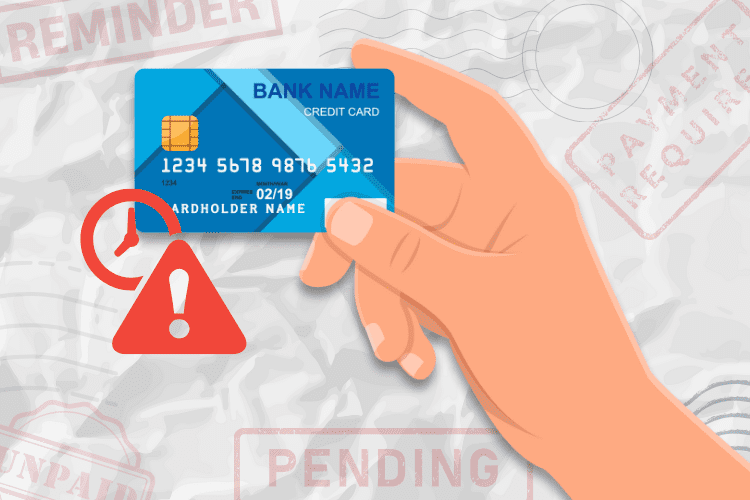Brokerage Accounts vs. High Yield Savings Accounts: Which Is Right For You?

From investing to help with a down payment on a house to putting away money in a savings account for an emergency, savers need to align their savings with their goals. When deciding where to put their money, savers should ask themselves two questions. “How long do I have before I need access to these funds?” and “How much can I risk for a bigger return?”
While saving money in your checking account is possible, it’s not ideal. The average checking account offers only 0.6% interest – if it offers interest at all. While your money is safe, because of inflation, your money loses spending power in your account. A checking account is not good for saving money.
It pays to explore options for savers looking for a return that beats inflation (and might even return more).
High-yield savings accounts offer competitive rates that will keep your money from losing real value over time. Other savings options, like traditional brokerage accounts, offer savers greater flexibility and the potential for greater returns.
New approaches to saving, like robo-advisors, provide savers with more options. For instance, Stash allows you to buy stocks for as little as $5.
Read more about micro-investing and how you can increase your savings: Micro-Investing: What It Is, Why It’s for You, and How to Start.
High Yield Savings Accounts: A Safe Choice
Most savers have access to basic savings accounts through their bank. But online banks, like Goldman Sachs’s Marcus, offer savers substantially higher interest rates. Think 4.50% with an online account, rather than 0.46% from your traditional bank. Like checking accounts, these savings accounts won’t lose money in a market downturn, and the Federal Deposit Insurance Corporation (FDIC) guarantees the account in the event of a bank default.
Funds stored in a high-yield savings account are easy to access and can often be transferred to a checking account on the same day. While banks may limit the number of times that savers can transfer money, there are usually no other limits on their access to their funds.
But the yields offered by most high-yield savings accounts leave much to be desired. Today’s average savings account yields just 0.46%, while the most lucrative offer savers upwards of 5.00% annually.
While that’s more than a typical checking account, it may still leave savers in a position to lose money. According to the St. Louis Fed, the inflation rate – the amount the costs of goods are projected to rise – will be 3% for 2024. That means savers need to earn at least that amount in order to break even.
Brokerage Accounts: More Risk, More Reward
Whereas high-yield savings accounts offer a fixed rate for savers, brokerage accounts allow them the flexibility to choose from a set of options, each with its own risks and rewards. Fortunately, brokers like Charles Schwab and Fidelity make it easy for new savers to become investors.
Once you have deposited money into a brokerage account, you’re ready to make your money make money for long-term goals.
Investors looking for the safest possible investments may look to U.S. Treasuries or money market funds. While no investment returns are guaranteed, both options are considered exceptionally safe. For example, Vanguard’s Short-Term Treasury Fund (VFISX), which invests in U.S. Treasury bills that will mature in the next 1 to 5 years, has generally returned between 0% and 4% in the years since the financial crisis.
For investors saving for the longer term or those who can handle a bit more risk, investing in a diversified portfolio of stocks and bonds may make sense. Doing so would enable them to save significantly more over the long term, even if they invest in a relatively safe portfolio of investments. The chart below shows the estimated return of a portfolio invested in 50% U.S. bonds and 50% U.S. stocks, versus one that was left in cash, as well as one that was invested in short-term Treasuries.
Savers interested in investing their money without worrying about choosing among individual products may find the best of both worlds in a robo-advisor. These services, like Betterment and Wealthfront, allow savers to select investments based on their goals instead of having to do homework on specific stocks or mutual funds.
Final Thoughts
In the past, investing was harder than saving. Investors often needed a significant amount of money just to open an investing account, had to work through a middleman, and would spend hours researching companies to pick the “best” investments.
Today, investors have more options than ever. Public and Robinhood, offer savers different investing strategies, while traditional brokerage accounts offer a variety of lower-cost investments, easy-to-understand web apps, and the freedom to chart your own course.
Regardless of whether you choose to save or invest, it’s important to be sure to tailor your choice to your individual appetite for risk and timeline to be sure that you’re on track to meet your goals. While investors expose themselves to more risk with a brokerage account, they have the potential to earn significantly more.










